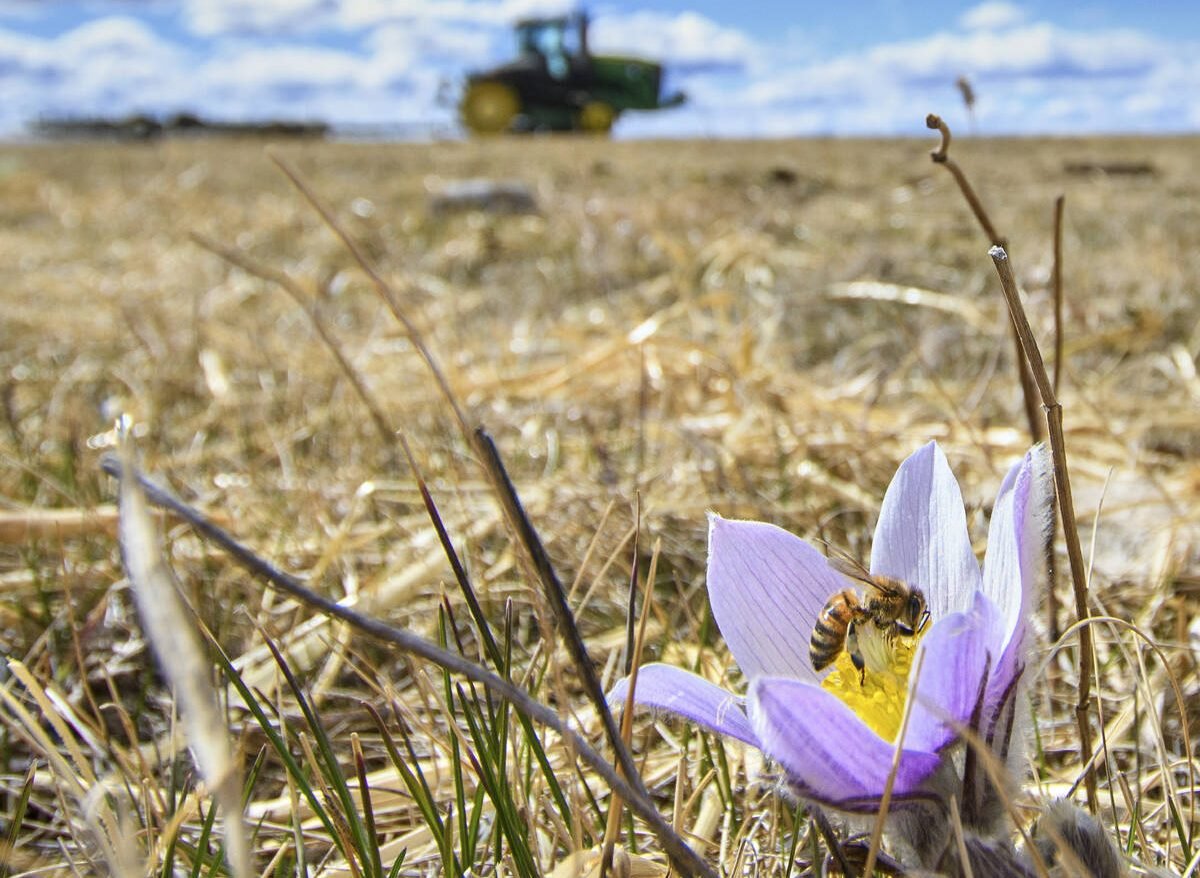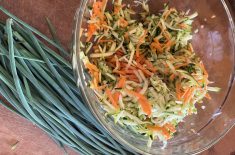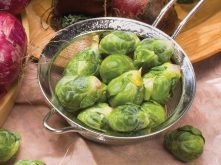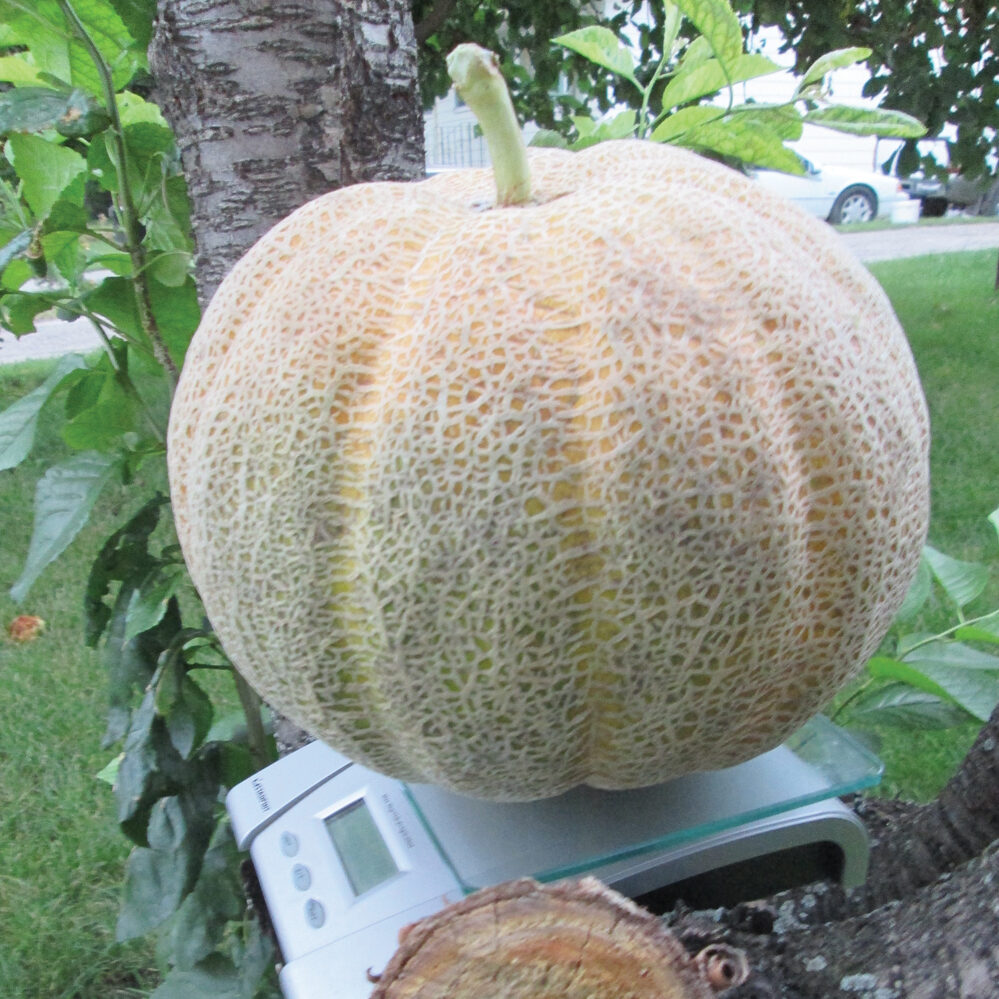My green thumb gets a little twitchy in wintertime and there’s only one cure. I start a little garden on the windowsill, planting to plate in just five days. Yes, I am speaking of sprouts. Delicious, nutritious and green.
It is well documented that sprouts are more nutritious than the seeds themselves and, in some cases, than the full-grown plant. For instance, a study at the University of Saskatchewan found that eating broccoli sprouts reduced the risk of high blood pressure and strokes in laboratory rats. In fact, pregnant rats fed broccoli sprouts passed these benefits on to their babies.
Read Also

USask-led startup testing AI insect management app for Prairie growers
An AI-driven insect app identifies pests and beneficials, maps field-level pressure and offers management advice. Its developers at the University of Saskatchewan seek Prairie farmers for winter beta testing.
More to the point, the study concluded we would need to eat 20 to 50 times more fresh broccoli to get the same effect as a handful of broccoli sprouts. Sprouted seeds have more vitamins and essential minerals such as iron, zinc, calcium and potassium than unsprouted seeds, and are higher in protein and fibre.
- More Prairie Palate: The mysterious potato
Historically, sprouted seeds played an important role in the prevention of scurvy on long sea voyages due to their elevated levels of vitamin C. Chinese vessels carried a system for sprouting soybeans while on the high seas. Captain James Cook served his crews lemons, limes, sauerkraut and wort of malt — the liquid extracted from brewing beer with sprouted barley. Cook had no idea why wort of malt was effective against scurvy (vitamin C was yet unknown) but that didn’t matter much. He won a medal from the Royal Society for improving the health and survival rate of his men at sea.
During the First World War, beans were sprouted for British soldiers on the front lines. Not only were they more nutritious, it was infinitely easier to transport and store the dried beans than carting a load of vegetables to the front.
Way back in the history of farming, before steel bins and grain dryers, bread was often made from wheat and barley that had sprouted. Little did they know it was upping the nutrient content of their daily bread.
My favourite seed for sprouting is the brown lentil. It’s locally grown, easy to sprout and delicious in salads and sandwiches. The process of sprouting softens the dry lentil so it’s crunchy and pleasant to eat without cooking.
A few years ago, my husband and I took part in a food bank challenge, eating for one week on a typical food hamper which, I was delighted to find, included a yogurt container of brown lentils. I immediately started a batch of sprouts which we ate on Day 5 in a tuna sandwich and on Day 6 with a cucumber salad. It helped to stretch the lack of fresh vegetables in the hamper throughout the week.
You don’t need fancy equipment to grow lentil sprouts — just a jar, a porous fabric such as cheesecloth and a sunny window.
In my kitchen, I am battling neither scurvy nor heart disease, but sprouts help me weather that other malady of the season — turning the winter “blues” into winter greens.
Lentil sprouts
I recommend using organic lentils from the most recent harvest as older legumes are slower to soften.
- 1/4 c. dry brown lentils
- 1 pickle-size glass jar, sterilized
- A bit of cheesecloth or muslin
- 1 elastic band
Place the lentils in the jar, cover generously with water and leave for several hours or overnight. Place the cheesecloth over the mouth of the jar and secure with the elastic band. Drain the water through the cheesecloth. Hold the jar horizontally and give it a good shake to spread the lentils evenly. Set the jar on its side on a sunny windowsill. Twice a day, add water to cover the lentils, shake the jar and drain. Return the jar to its side on the windowsill. The sprouts will be ready to eat in about five days. Cease the daily watering. Keep the sprouts in the fridge and eat up within a week.















